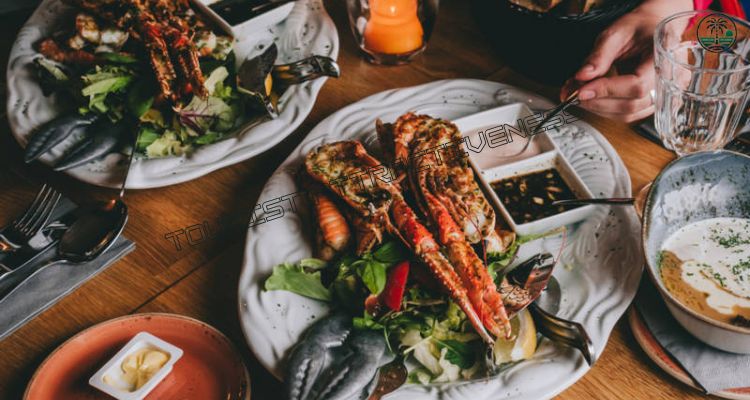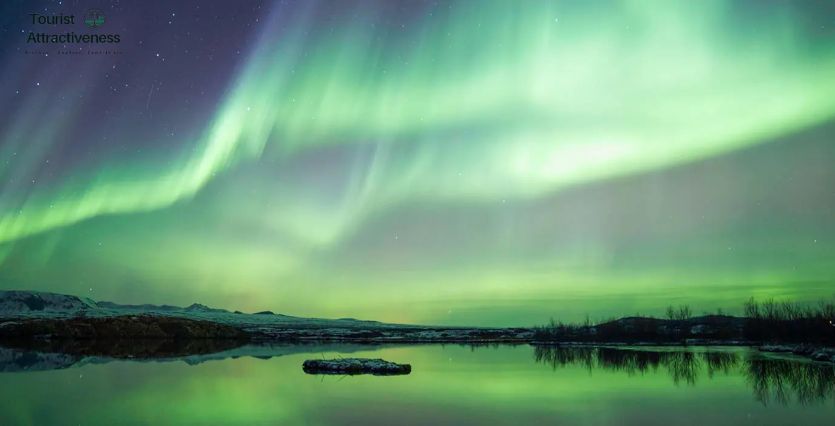Table of Contents
ToggleTravel is all about learning and exploring new places. It pushes boundaries, makes you see life with new eyes, and immerses you in cultures far from your own. And few places in the world offer as much adventure, wonder, and sheer natural beauty as Iceland. Whether it’s the ethereal northern lights, the midnight sun, or the rugged landscapes sculpted by fire and ice, Iceland is a land of contrasts that calls out to every traveler. But when is the best time to visit? The answer depends on what you seek.
Understanding Iceland’s Seasons at a Glance
To make sense of when to visit, let’s break down Iceland’s seasons with a quick snapshot:
| Season | Average Temperature (°C) | Daylight Hours | Key Attractions | Best For |
| Winter | -1 to 3 | 4-6 hrs | Northern Lights, Ice Caves | Photographers, Adventurers |
| Spring | 0 to 10 | 10-16 hrs | Puffins, Waterfalls | Nature Lovers, Hikers |
| Summer | 10 to 15 | 18-24 hrs | Midnight Sun, Festivals | Road Trippers, Festival-Goers |
| Autumn | 0 to 10 | 7-13 hrs | Fewer Crowds, Golden Foliage | Budget Travelers, Explorers |
Now that you have a clearer idea, let’s dive into the details of each season and why they might be the perfect time for your Icelandic adventure.
Winter: The Magic of the Northern Lights
Iceland in winter is like stepping into a dream. Snow-covered landscapes stretch as far as the eye can see, frozen waterfalls glisten under the pale sun, and the long nights set the stage for one of nature’s greatest performances—the northern lights.
- Northern Lights Chasing – The long, dark nights make winter the best season to witness the mesmerizing aurora borealis dancing in the sky.
- Ice Caves Exploration – These natural wonders form beneath glaciers and can only be visited in winter. The sapphire-blue caves in Vatnajökull National Park are simply breathtaking.
- Hot Springs and Geothermal Pools – There’s something magical about sitting in the Blue Lagoon or a lesser-known natural hot spring while snow falls around you.
- Christmas and New Year’s Festivities – Reykjavik comes alive with Christmas markets, fairy lights, and one of the most spectacular New Year’s Eve firework displays in the world.
Spring: Awakening of Nature
Spring in Iceland feels like the land itself is waking up from a long slumber. The snow begins to melt, revealing vibrant green landscapes, and wildlife starts returning.
- Puffin Watching – These adorable seabirds return to Iceland’s cliffs, making it a great time for birdwatching.
- Waterfalls at Their Fullest – Melting snow feeds into Iceland’s waterfalls, making them thunderous and awe-inspiring.
- Less Crowded Tourist Spots – Popular sites like the Golden Circle and the South Coast have fewer visitors compared to summer.
- Cheaper Flights and Accommodations – Shoulder seasons always offer better travel deals than peak times.
Summer: The Land of the Midnight Sun
Summer in Iceland is a time of endless daylight, giving travelers more time to explore without worrying about the sun setting.
- Midnight Sun Experience – The sun barely dips below the horizon, allowing for long, adventure-packed days.
- Ring Road Road Trips – With better weather and open roads, it’s the ideal time to drive Iceland’s famous Ring Road.
- Festivals in Full Swing – Events like the Reykjavik Arts Festival, Secret Solstice Music Festival, and National Day celebrations add a cultural spark to your trip.
- Best Time for Hiking – Trails in Landmannalaugar and Thorsmork are open, revealing Iceland’s most dramatic landscapes.
Autumn: The Golden Season
If you want to experience Iceland without the summer crowds but still catch some good weather, autumn is a great time to go.
- The Best of Both Worlds – September still has decent daylight hours, but you also start getting a chance to see the northern lights.
- Vibrant Autumn Colors – Iceland’s landscapes take on shades of gold, red, and orange, making for stunning photography.
- Budget-Friendly Travel – Flights and hotels drop in price compared to summer, making it a more affordable time to visit.
- Geysers and Hot Springs – Cooler air makes a dip in Iceland’s geothermal pools even more enjoyable.
Food to Eat in Iceland: A Taste of the Arctic
No trip is complete without diving into the local cuisine. Icelandic food is a mix of traditional flavors and modern culinary twists. Some must-try dishes include:
- Skyr – A thick, creamy yogurt packed with protein.
- Lamb Hot Dogs (Pylsur) – Iceland’s famous street food, best enjoyed with crispy onions and remoulade.
- Plokkfiskur – A comforting fish stew made from mashed fish, potatoes, and a creamy sauce.
- Hákarl (Fermented Shark) – Not for the faint-hearted, but a true Icelandic delicacy.
- Rúgbrauð – A dense, slightly sweet rye bread, often baked underground using geothermal heat.
- Fresh Seafood – Iceland’s cold waters make for some of the best fish and shellfish in the world.

Festivals You Shouldn’t Miss
If you love culture and entertainment, plan your trip around one of these:
- Thorrablot – A feast of traditional Icelandic foods celebrating Viking heritage.
- Reykjavik Pride – One of the most colorful and inclusive pride parades in Europe.
- Iceland Airwaves – A world-renowned music festival showcasing indie and electronic artists.
- Seafarer’s Day – Honoring Iceland’s deep connection to the sea with coastal celebrations and boat races.
Here’s Why Iceland Calls You
Iceland is more than a travel destination; it’s an experience that stays with you long after you’ve left. If you are looking to chase the northern lights in winter, bathe in hot springs under the midnight sun, or drive through otherworldly landscapes, Iceland leaves an imprint on your soul. The best time to visit? That depends on you. But no matter when you go, one thing is certain—you’ll leave with stories to tell and a heart full of adventure.
Also Read: Best Time to Travel to Iceland: A Journey Through Seasons, Festivals, and Flavors


